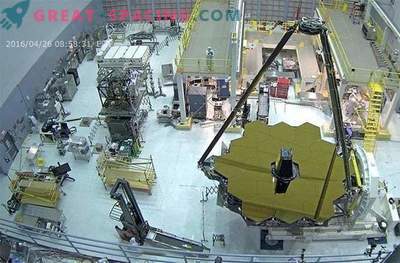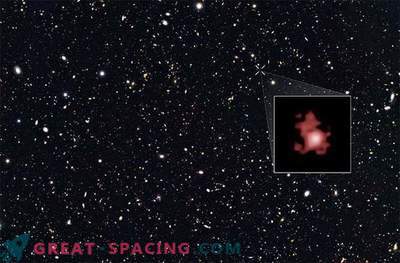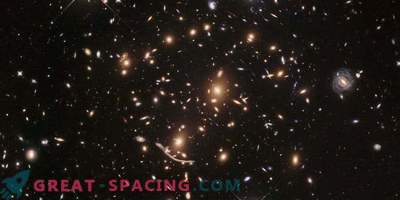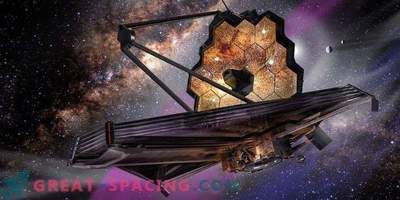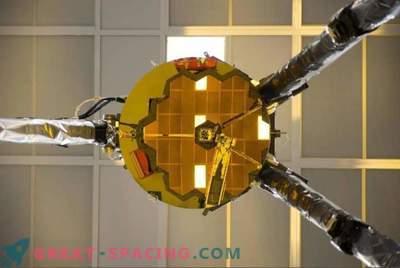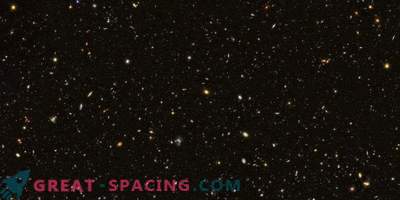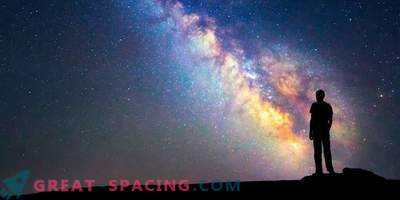
While in orbit for 25 years, the Hubble Space Telescope took about a thousand photographs, but the famous galaxy-filled image of the Ultra-Deep Field (an image of a small region of space made up of data from the Hubble Space Telescope from September 24, 2003 year January 16, 2004) stands out from the rest.
The image was taken during a two-month observation of a small part of the sky in the constellation Pec. Astronomers specifically chose this relatively starless region.
But it turned out that this section of the sky is filled with 10,000 galaxies, challenging the theory of the formation of galaxies in the first days of the universe. The image was later supplemented with even more detailed photographs taken by the new Hubble infrared and visible light cameras, which made it possible to see the galaxies that were formed 1 billion years after the Big Bang.
“The Ultra-Deep Field image really changes our understanding of the history of the Universe,” said astronomer Jennifer Lotz from the Space Telescope Research Institute in Baltimore at a recent meeting of the American Astronomical Society.
However, in addition to these galaxies, the background of the image remains dark, but this is not because there is nothing there, just the light emitted from more distant objects remains inaccessible to the Hubble equipment.

James Webb Space Telescope through the eyes of an artist
This work will be continued by Hubble’s successor with the James Webb Space Telescope or JWST (the James Webb Space Telescope), which is scheduled to launch in October 2018. JWST is different from other infrared telescopes, such as the NASA Spitzer space telescope and the Herschel European Space Observatory, the size of its main mirror, the area of which allows it to collect more photons of light.
The 7, 9-foot mirror of the Hubble telescope was real art when it was designed and built in the late 1970s. The Spitzer telescope mirror is 2.75 feet across. However, the mirror of the telescope of James Webb is amazing: 21 feet! To start it, the hexagonal mirror segments will be folded like origami.
The ability to see the first light-emitting objects that appeared immediately after the Big Bang is one of hundreds of studies designed for JWST.
Infrared light, which the human eye cannot see, but which we perceive as heat, opens the door for direct observation of young stars and the development of exoplanets.
"JWST will help make a huge contribution," astronomer Rupali Chandar of the University of Toledo said at a symposium this week in Baltimore. Based on Hubble data, Chandar suggests that the difference between old globular star clusters and young open clusters is due only to the time of their evolution, and not to the nature of their origin.
“Hubble showed us that this dichotomy really does not exist,” said Chandar, adding that JWST can see not only relatively close galactic clusters, but also those that originated when the Universe was in its infancy.
Astronomers will also use the James Webb telescope to study chemicals in the atmosphere of planets located outside the solar system.
As well as the Hubble and Kepler telescopes, JWST is able to see the planets passing in front of their parent stars. During such transits, starlight passes through the atmosphere of an exoplanet. If this happens, the light that eventually reaches the Earth will contain the chemical fingerprints of any atmospheric gases.

